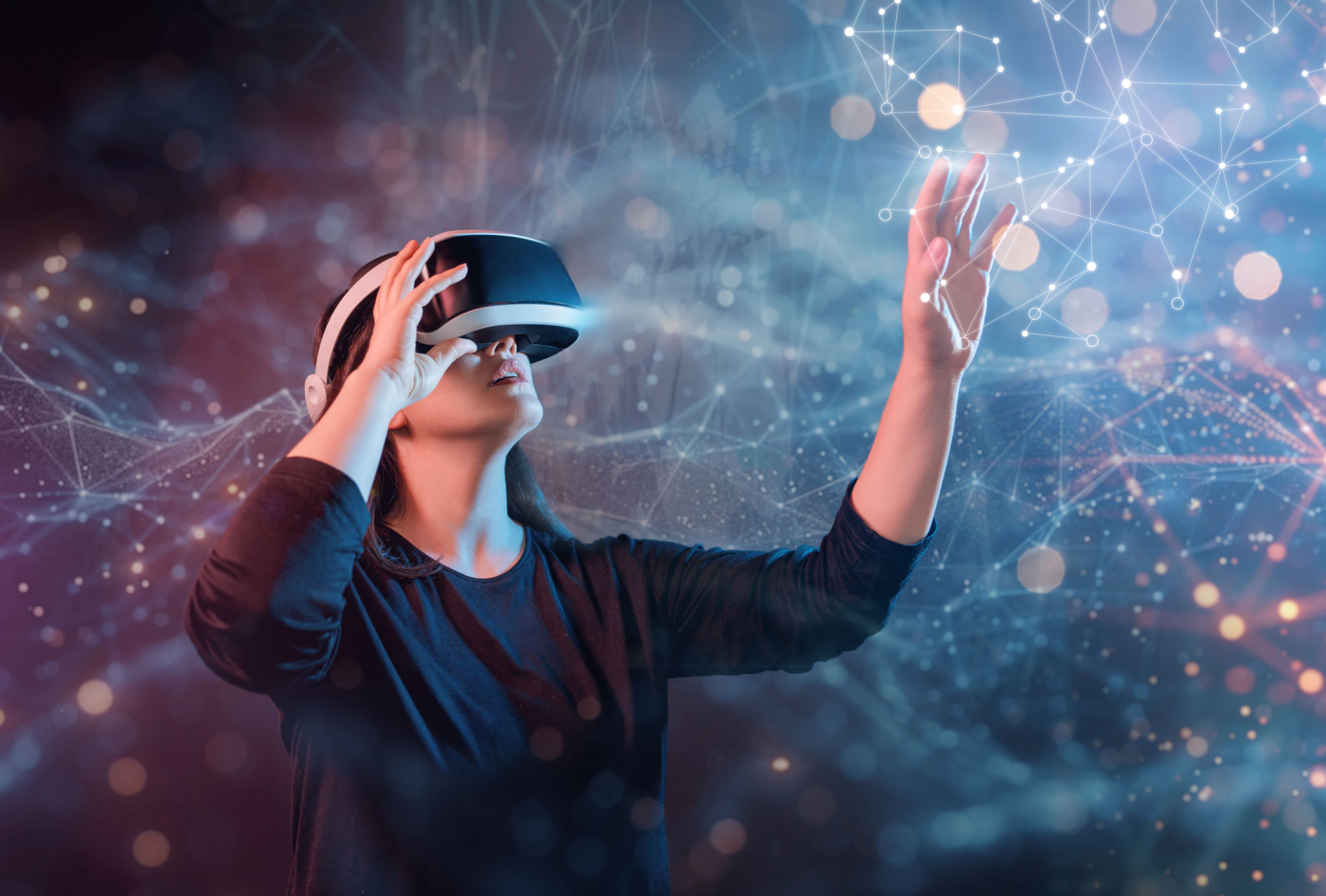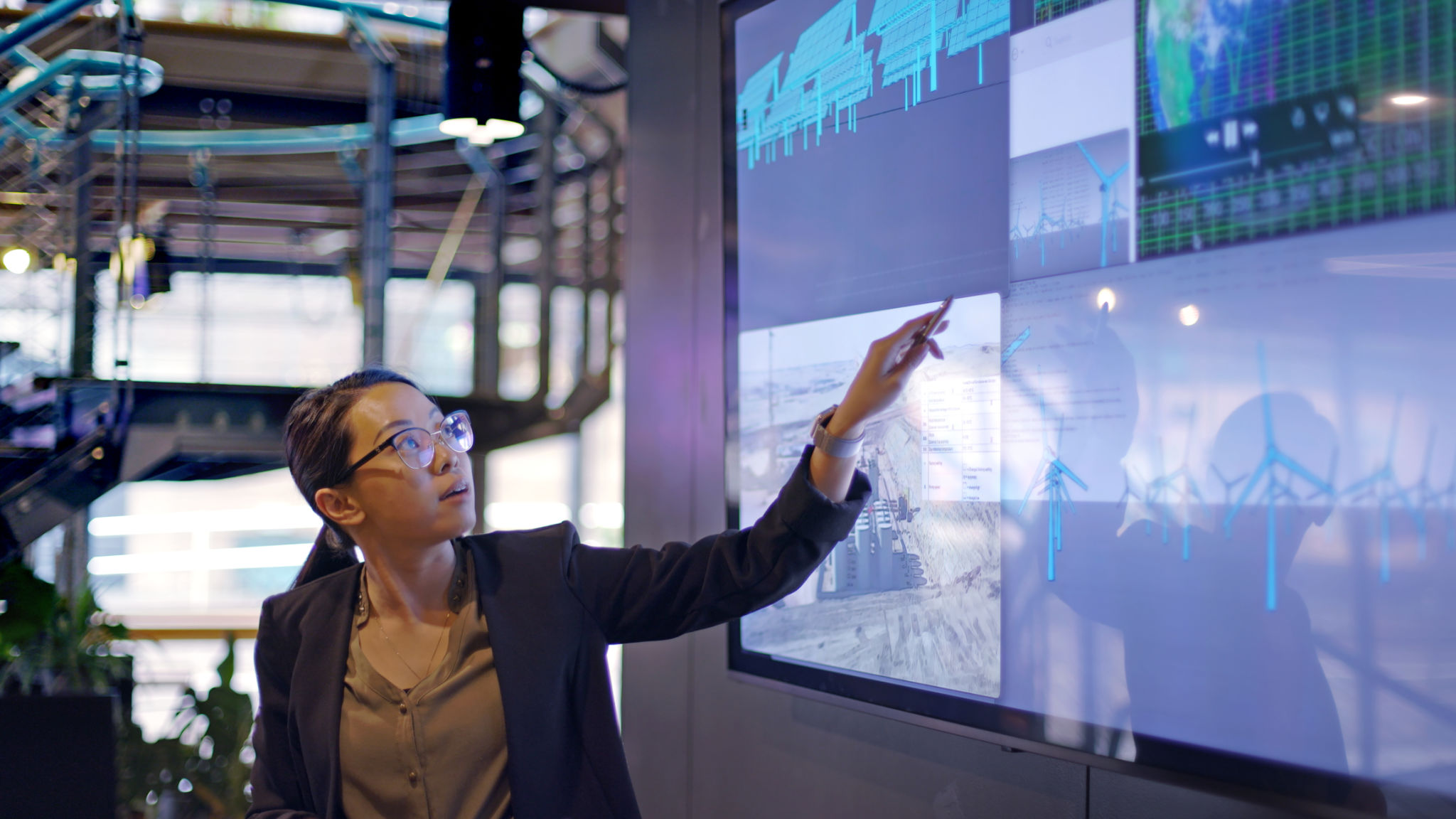How 360-Degree Video Production Enhances VR Experiences in the UK
The Rise of 360-Degree Video Production
The UK has embraced the cutting-edge technology of 360-degree video production, revolutionizing the way virtual reality (VR) experiences are crafted. This innovative approach allows users to immerse themselves fully in a digital environment, providing a level of engagement and interactivity that traditional media formats simply cannot match. As more industries recognize the potential of VR, the demand for high-quality 360-degree video content continues to grow.
360-degree video production involves capturing footage in all directions simultaneously, creating a spherical video that can be explored by viewers. This immersive format is particularly effective in VR settings, where users can control their perspective and interact with the content in a more dynamic way. The technology is being utilized across various sectors, including entertainment, education, and tourism, transforming how stories are told and experiences are shared.

Enhancing VR Experiences with 360-Degree Video
The integration of 360-degree video into VR experiences offers numerous benefits that enhance user engagement and satisfaction. By allowing viewers to explore a scene from multiple angles, these videos create a more realistic and captivating experience. This level of immersion can significantly impact the effectiveness of VR applications, whether it be for training simulations, virtual tours, or interactive storytelling.
One of the key advantages of 360-degree video is its ability to transport users to places they may not be able to visit in person. In the UK, this has opened up new opportunities for tourism and cultural heritage sites, enabling people to explore historical landmarks, museums, and natural wonders from the comfort of their homes. This accessibility not only broadens audience reach but also enhances educational initiatives by providing engaging and interactive learning experiences.

The Role of Technology in 360-Degree Video Production
Advancements in technology have played a crucial role in the development and success of 360-degree video production. High-resolution cameras and sophisticated editing software have made it possible to create seamless and realistic videos that capture every detail of a scene. Furthermore, the availability of affordable VR headsets has made these experiences more accessible to consumers, driving further interest and investment in this sector.
For content creators and businesses in the UK, embracing 360-degree video production presents an opportunity to stand out in a competitive market. By delivering unique and memorable experiences, brands can engage with their audiences on a deeper level, fostering stronger connections and loyalty. Additionally, the versatility of this technology allows for creative storytelling approaches that can effectively convey complex messages and ideas.

Challenges and Considerations
Despite its many advantages, there are challenges associated with 360-degree video production that must be considered. The technical complexity involved in capturing and stitching together spherical footage requires specialized skills and equipment. Moreover, ensuring quality and consistency across different devices and platforms can be a demanding task for producers.
Another consideration is the potential for viewer discomfort or disorientation when navigating 360-degree content. To mitigate this, creators must focus on intuitive design and user-friendly interfaces that guide users through the experience seamlessly. Proper testing and feedback collection are essential to refining these experiences and ensuring they meet user expectations.
The Future of VR in the UK
As 360-degree video production continues to evolve, its impact on VR experiences in the UK is expected to grow exponentially. The technology is set to play a pivotal role in various sectors, including healthcare, real estate, and marketing, where immersive experiences can provide significant value. As more businesses recognize the potential of VR and invest in high-quality content, the landscape of digital interaction will continue to transform.
Looking ahead, innovations such as improved camera technology and faster processing capabilities will further enhance the quality and accessibility of 360-degree video content. These developments will open up new possibilities for creators and consumers alike, solidifying VR's position as a powerful tool for engagement and communication.
